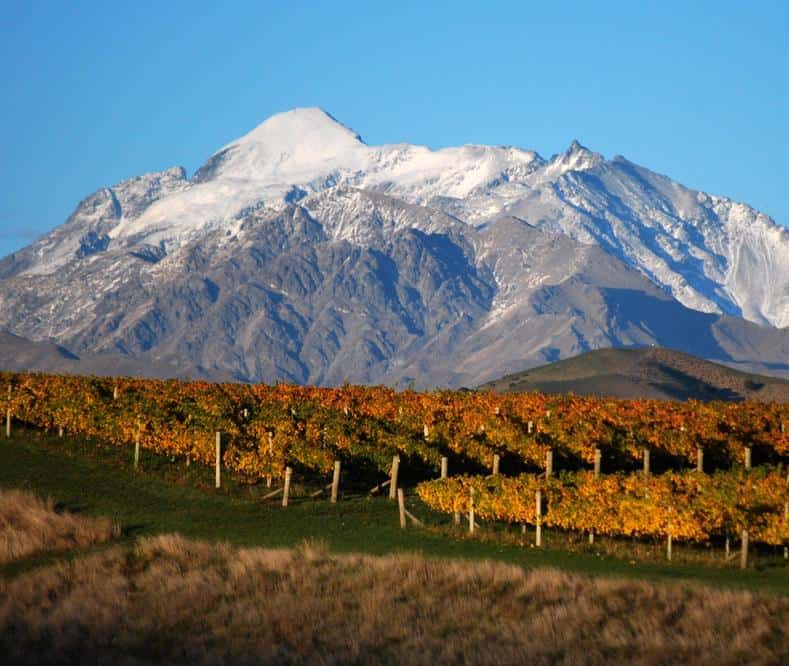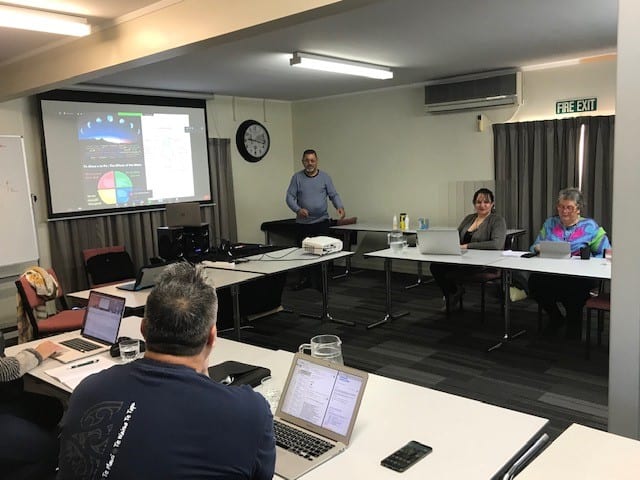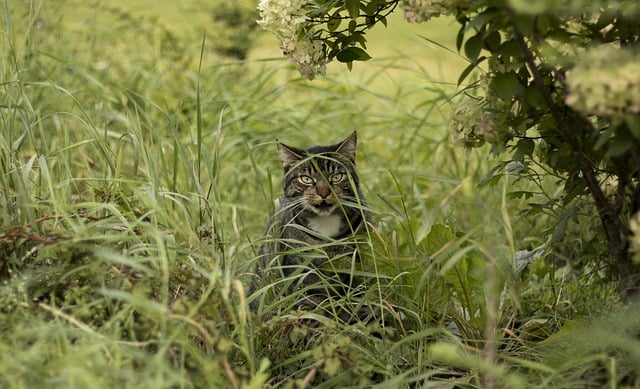By Better Border Biosecurity. Five new projects will be fully funded and one partially funded by B3 following a competitive process that involved identifying key gaps in its research agenda. The robust process to identify projects began in October 2019, at which time B3 science partners submitted their ideas. Reviews by the B3 Science Advisory […]
A guide to Vision Mātauranga from some of the best in the science sector
The Rauika Māngai are a group of Māori representatives from across all eleven National Science Challenges, who recently put their combined wisdom and advice into one, freely accessible guide. A Guide To Vision Mātauranga: Lessons from Māori voices in the New Zealand science sector is the result of a two-day Vision Mātauranga Leadership Hui, held […]
Bacteria: a better indicator of soil quality?
Lead author Syrie Hermans (University of Auckland) says soil quality is the ability of soil to function as a part of the wider ecosystem: maintaining the quality of air and water while supporting plant and animal productivity. Agricultural and pastoral ecosystems need high quality soils to be sustainable, and those soils are maintained by resident […]
June 2020 newsletter – Ngā Rākau Taketake
Preliminary myrtle rust results, lockdown science, PhD research on soil microbiota and much more . . .
Studying the response of the forest soil microbiota to kauri dieback
Alexa Byers writes about her PhD research into kauri dieback and soil microbiota
‘Home gardening’ during lockdown
Hoa Nguyen had to improvise to save part of her PhD during lockdown,
New study sites for Beyond Myrtle Rust
It might not be ‘the season’ but the team from Beyond Myrtle Rust (BMR) couldn’t wait to get back out into the field this month.
Preliminary results from myrtle rust susceptibility testing
This project aimed to assess the relative risk posed by myrtle rust to six Myrtaceae species under natural New Zealand conditions. Here’s what they found.
Preliminary results from priority myrtle rust monitoring
Over the 2019/2020 field season myrtle rust disease occurrence and severity was recorded fortnightly at two field sites in the Rotorua district. Here’s what they found.
A strategic approach to partnership
Authentic partnership with mana whenua takes pride of place in the BioHeritage Challenge. But what happens when seven different teams all want to honour this process in a similar field of work?
Non-productive vegetation can increase vital services on farms
Non-productive vegetation on farms can increase ecosystem services such as decomposition and nitrogen mineralisation, according to a recent study.
May 2020 newsletter – National Science Challenge
Details of our Whakamana/Empower and Whakahou/Restore investments, plus a student blog on genetics in conservation.
How can we best use genomics to enhance conservation translocations?
The best way to build resilience in threatened species is often debated, but do we even know how to measure what we’re trying to compare?
April 2020 newsletter – Ngā Rākau Taketake
Details of the Ngā Rākau Taketake investments, how policy needs science and news from MPI
Policy needs science like a fat tūī loves nectar
We “sat down” with Katrin Webb from DOC to talk about how policy uses the science provided to them, and how useful it is to have everyone at the table from the very beginning.
Do feral cats like trees just as much as our natives do?
Vegetation on farms is usually considered good for biodiversity – but what if we’re enabling the very predators that stop native species bouncing back?















